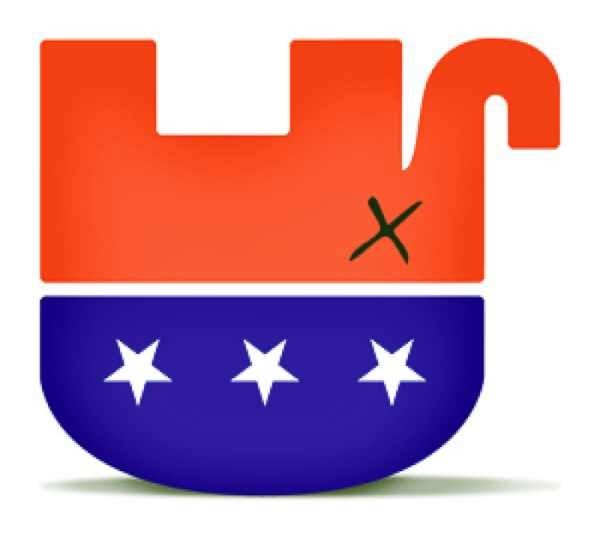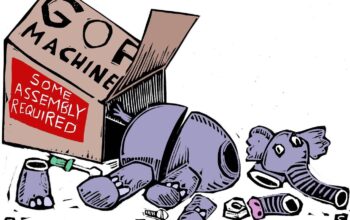Does Sen. Scott Weiner think the rest of society is stupid? He has a bill to provide safe locations to take drugs. Does he know that heroin and cocaine are not safe? And the myriad of other drugs are killers. I know he wants babies dead—but why is he promoting the killing of adults, using government assets and taxpayers money. Weiner obviously is a mental case—another of the walking zombies of San Fran.
“The bill requires communication and collaboration with neighbors and policies to try to ensure that these sites are good neighbors in terms of cleanliness and public safety.
I know that the location of a safe injection site in the Tenderloin has been very contentious. I think that’ll probably be the case in any city that tries to implement this.
You’re never gonna make everyone happy, but I think these sites will actually improve the neighborhood. Moving people from using on the streets to using inside is a benefit to the community.”
Good grief. Making your neighborhood a death penalty center—a California version of the Cambodian killing fields.
The Q&A: Senator Scott Wiener Talks about His Bill to Create Safe Drug-Use Sites in SF, LA, Oakland

Written by David Sjostedt, San Fran Standard, 1/18/22
San Francisco’s drug epidemic has reached a critical inflection point, as deadly overdoses have surged during the pandemic and dirty needles continue to litter sidewalks across the city. More than 700 people in San Francisco died from drug overdoses in 2020, and while that number dropped a bit last year—592 as of Dec. 1—the death toll was still almost triple the 222 deadly overdoses recorded in 2017.
Last month, city officials voted to purchase two contiguous buildings at 822 Geary St. and 629 Hyde St. with the intent of turning them into the city’s first safe consumption site—a space for people to use illegal drugs under medical supervision. That move coincides with a state law attempting to sanction the facility. Sen. Scott Wiener (D-San Francisco) has made the city’s drug crisis a focus of his legislative efforts, and in December 2020 he introduced SB 57 to help San Francisco and two other California cities legally provide safe sites for drug users. The bill was tabled during the first year of the 2021-22 legislative session, but it’s now moving its way through the Legislature and appears to be gaining support.
The Standard spoke with Sen. Wiener to learn more about his bill and what hurdles SB 57 might encounter as it moves toward Gov. Gavin Newsom’s desk.
- What does SB 57 do and why are you introducing it now?
SB 57 authorizes safe consumption sites in San Francisco, Oakland and Los Angeles, all of whom have asked for this authorization. So, these cities can set up safe consumption sites to save lives.
Safe consumption sites have been in operation around the world for decades. They are a proven strategy to reduce overdose deaths to reduce HIV and hepatitis infections, to reduce syringe litter and to get people into recovery programs.
San Francisco and other cities are experiencing a huge spike in overdose deaths and this is one strategy that will help keep people alive.
- Will these Safe Consumption Sites (SCS) be coupled with law enforcement and what is your answer to community members who worry that these sites will encourage drug dealers to gather outside?
This is not a law enforcement strategy, it’s a public health strategy. We have a lot of data about safe consumption sites around the world and these are not drug dealer magnets. That’s just not accurate.
I understand that people have concerns, but the reality is people are using on our streets now and the question is: Do you want people using on the streets in their neighborhoods, or going inside to a safe, private, healthy place where they can use and then ultimately transition into recovery?
- How would a program like this affect San Francisco financially?
San Francisco is already planning to open a safe consumption site, so the funding is already in place. It’s a local decision for San Francisco. The city doesn’t have to do it, but the city has made clear that it wants to do it.
These sites significantly reduce the usage of ambulances and emergency rooms, so that is a huge cost saving to the county.
- What will happen when a drug tests for high amounts of fentanyl or other dangerous substances? Will “clean” drugs then be substituted?
One of the services that these sites can provide is fentanyl testing strips so that people know whether their drugs are contaminated with fentanyl.
People will have to make their own choice about whether to use those drugs. These sites do not provide drugs to people. People come in with their own drugs and then they choose, as they would outside, whether to take their drugs.
These sites can help people have better knowledge of whether their drugs are contaminated. But ultimately, it’s a choice for that individual whether to use the drugs.
- We saw New York become the first city to implement a site, going against federal and state law. Why is there such a divergence on this issue between local, state and federal lawmakers?
The U.S. strategy around drug use and addiction for 50 years has been the war on drugs to arrest and incarcerate people for drug use. That strategy has been an abject failure and hasn’t reduced drug use addiction or overdoses.
We’re trying to take a new approach, a health-focused approach to drug use and addiction. Society changes slowly, so federal and state laws have been slow to change.
I’m glad that New York City moved ahead to try and save lives and we need the state of California and the state of New York and the federal government to play catch up.
- What concerns do you have that the federal government could come in and shut the site down?
I’m less concerned with the Biden administration. The Biden administration has made various statements and proposals in favor of harm reduction.
I would be surprised if the Biden administration were to crack down on safe consumption sites. If Trump comes back into office in 2024, god forbid, that could change.
But as of now, I’m cautiously optimistic that the federal government will not engage in those tactics.
Gov. Newsom’s $50M Opioid Education Pledge Comes as Colleges Warn of Risks
- Is there a path forward to making these sites legal nationally?
We believe that under federal law, these sites are legal. There’s been litigation about that and different courts have come down in different ways. So it’d be great to get a change in federal law clarifying that, but we think current federal law allows these sites.
The Trump administration relied on the so-called crack house laws from the 1990s to argue that these sites are illegal. We just don’t agree with that interpretation of the law.
- The bill contains a line about a “good neighbor policy that facilitates communication from and to local businesses and residences.” In SF, people have complained about a lack of community input. How do you envision this being implemented?
The bill requires communication and collaboration with neighbors and policies to try to ensure that these sites are good neighbors in terms of cleanliness and public safety.
I know that the location of a safe injection site in the Tenderloin has been very contentious. I think that’ll probably be the case in any city that tries to implement this.
You’re never gonna make everyone happy, but I think these sites will actually improve the neighborhood. Moving people from using on the streets to using inside is a benefit to the community.
- While these sites are reportedly proven to reduce overdoses, many worry that they enable drug users. Is there any evidence that a SCS can help connect people to long-term treatment to get clean?
There’s a lot of data that not everyone goes into treatment who use safe consumption sites, but many people do. So these sites will help transition a significant number of people over time into treatment.
- Where does the bill stand now in the legislative process and what would you like to see happen with San Francisco’s proposed SCS in the meantime?
The bill has passed the state Senate and [last] week it passed the Assembly Health Committee and now it goes to the Assembly Public Safety Committee. If it passes out of that committee, it will go to the Assembly floor.
We still have a few steps ahead of us, but we’re working hard to advance the legislation.
If San Francisco decides to move ahead of the state and open up a safe consumption site before SB 57 passes, that’s a decision for San Francisco—and I will support that decision if the mayor decides to go in that direction. This is about saving lives and people are dying right now.



